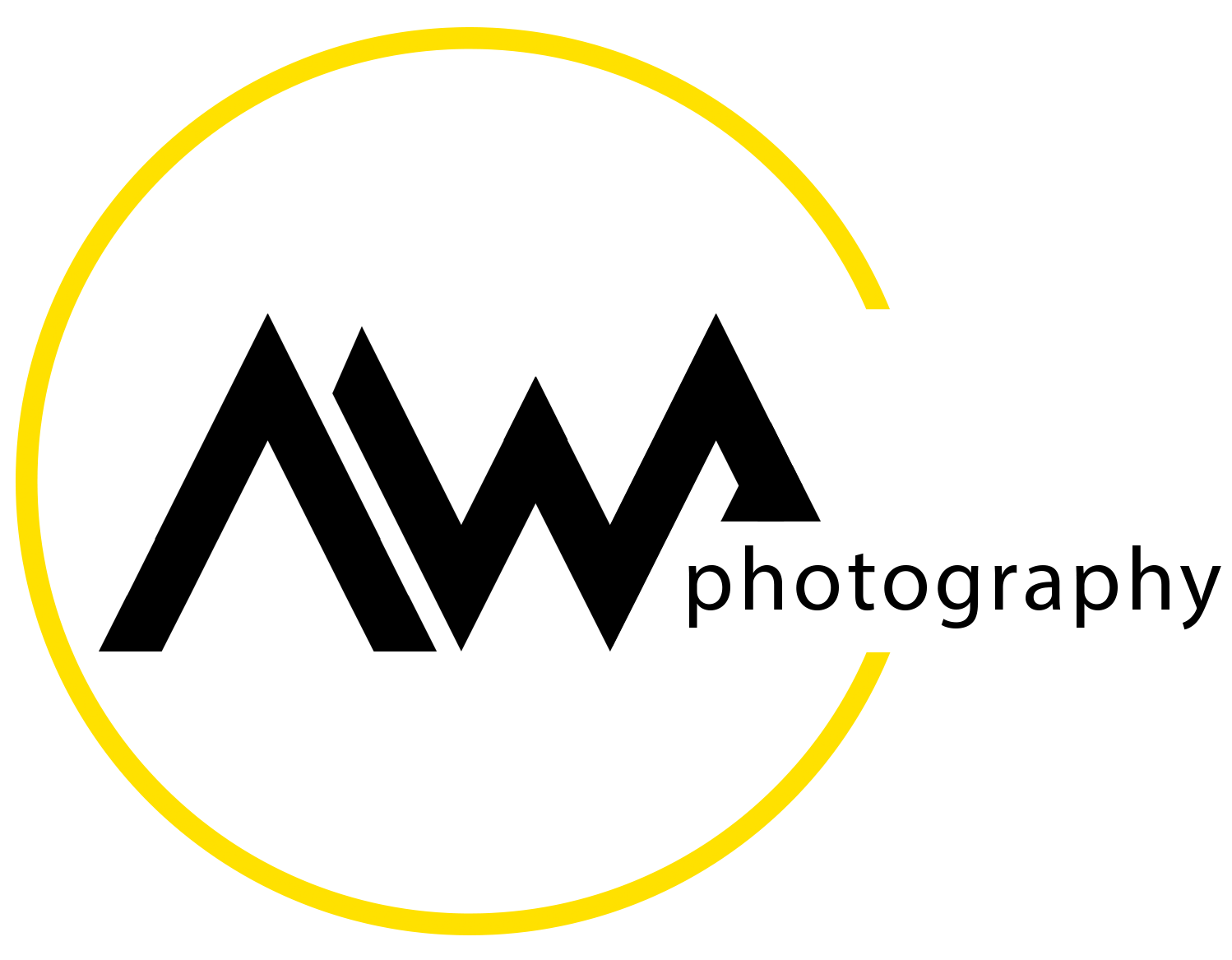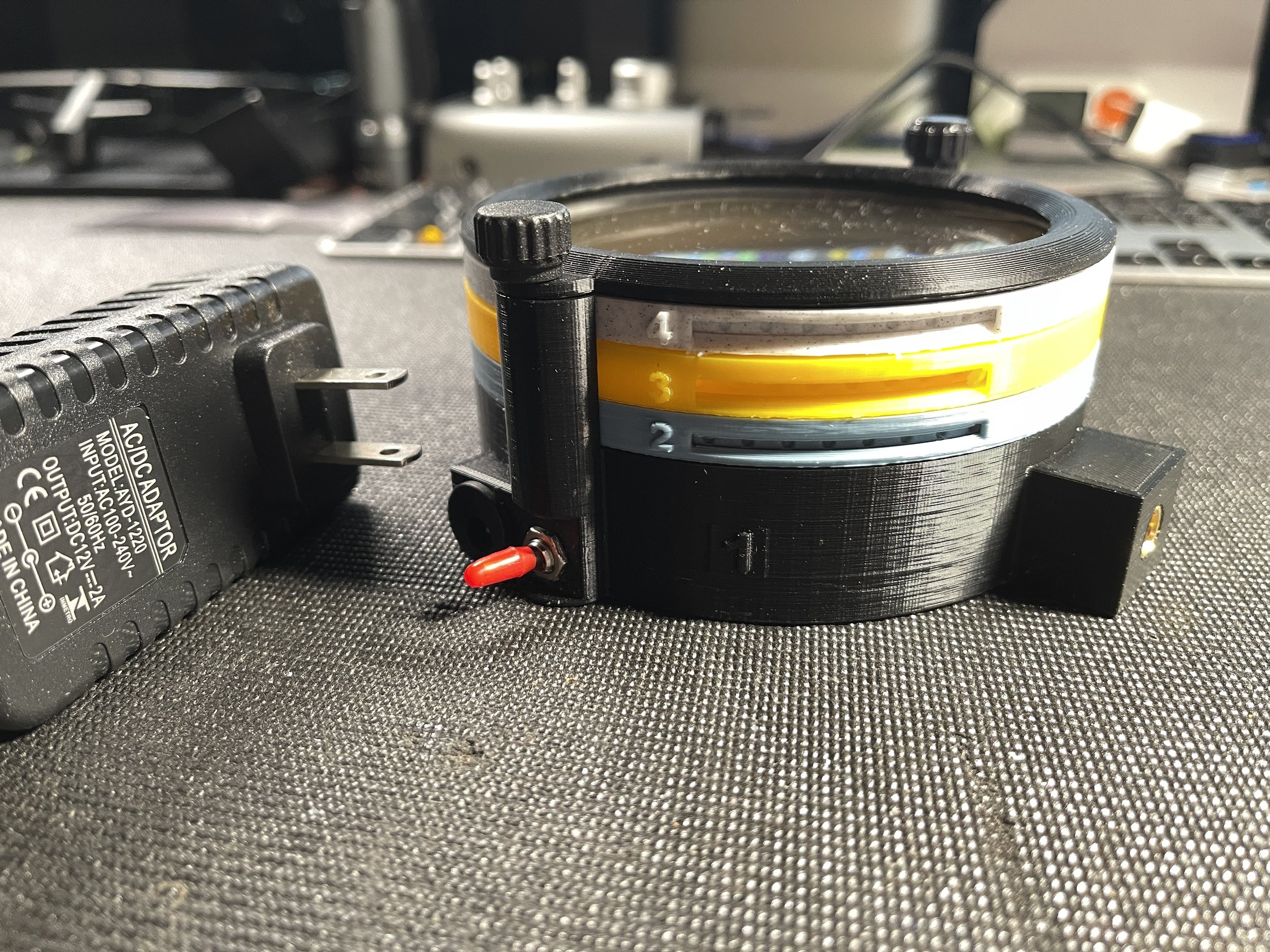Meet Kelly Boesch - an Extraordinary Talent
/Hello Macro-mates (is that even a thing?)
A weevil
I hope you had a restful weekend, and that those of you still fortunate enough to have a dad around got to spend some time with his on Sunday. I had a really nice visit with my kids (if I’m still around when they are in their 60s, will they still be kids? Yes, of course they will!)
Anyway, today is Monday and there is much to be done, like triple checking my YouTube live-streaming credentials. I was terribly embarrassed last week, after going the better part of a year without a hiccup on the livestream, to have two disasters in one week. At least the disasters were of a common cause, making them more like one extended disaster, which sounds a tiny bit less incompetent. I will do everything in my power to make sure there is not another week like that in the foreseeable future. But there a couple of really fun and interesting things on the horizon that are definitely within the foreseeable future.
Lester Lefkowitz will be visiting with us in a couple of weeks - we still have some details to work out, but it is looking like he will be our special guest for the first Pzoom in July. He is coming back to tell us about his Lightroom system for not losing pictures. He will present his talk and follow up with a Q&A to address any questions that come up. After the Pzoom is over I will edit the content into a YouTube video that will be available to everyone within a few days of the meeting. I will keep you posted when I know is dates for sure.
This past weekend I had the immense please of making contact with one of the most talented artists working in the strange world of AI powered video content creation. Some of you may recall a clip from a piece of generative video content that I showed during a livestream a couple of weeks ago? It was fresh, mesmerizing, with beautiful color and a surreal dream-like flow that was altogether a new experience for me. It was is a selection of paintings by Magritte, or Dali had come to life for a short, but remarkable and very satisfying, moment in time. Well I was completely taken by this new type of video content in general and the work of the artist, Kelly Boesch, in particular. Here are links to a couple of Kelly’s videos. I encourage you to visit her YouTube page and explore some of the totally original content that she is making. I was so impressed by the quality of Kelly’s work that I reached out to her this weekend and asked if she might be willing to record a conversation with me, so that I could share it with you. She replied immediately and most graciously agreed to an interview. One of the things that grabbed my attention was Kelly’s fascination with insects and the frequent appearance of weird and wonderful insect-like characters in many of her videos. I hope that this interview will be available in a week or two - and I will let you know the minute that it is.
Some of my favorite surrealist video art by Kelly Boesch::
1) An AI Dance Music Video - https://youtu.be/soRDe1XbWmM?si=w0-pmnnKWJvwE-Ti
2) A Story About Aging - https://youtu.be/28z0mAxIDQw?si=dtuA5iUwpuj7x7yG
3) Kids with Magical Creatures - https://youtu.be/8wkKg_bdc2k?si=gFZHzPsVDvTQrRkl
Try to keep in mind that these video stories were created in the mid of Keely Boesch but interpreted and transformed into video content by AI tools like #Midjourney, #Luma, and #keyframe!
Let’s get back to this week. I have something very special for you tomorrow in Macro Talk, Tuesday at 8PM. This stream was prompted by a question I was asked last week. A friend asked me to discuss the equipment and workflows being used for high speed, handheld focus stacking in the field, by wonderful macro photographers like Claus Giloi, and Graham Carey. And that is precisely what I am going to attempt in Tuesday’s stream. I will be showing some of the great work by Claus and Graham and then breaking down every piece of equipment and every step in their respective workflows. Bring your questions and get up to speed on the new focus stacking superpower! Your link…https://youtube.com/live/54x6STaXN0Y?feature=share
Thursday’s Macro Talk Too, at 2pm, is going to be a more traditional Q&A where I will attempt to answer the questions that have been piling up for a few weeks - a lot to talk about but feel free to bring any macro questions that you have been struggling with. Here is your link…. https://youtube.com/live/dfzxWF0KjIc?feature=share
Saturday is going to be a big day also - with Pzoom kicking off at 10am - two hours of face to face macro talk, with introductions, updates, and some more field macro discussion. Your Pzoom invitation is going to be posted over on Patreon, probably tomorrow.
Right after the Pzoom wraps up we go straight over to Tangent for another fun and challenging exploration of the 3D modeling world in our Fusion 360 discussion group for macro photographers and makers. If you have a 3D printer, or might one day buy one, you really need to come and meet the group - this is a fantastic resource for anyone trying to get a fast start in CAD/CAM. Larry Strunk knows his stuff and put a lot of work into this monthly gathering. Drop by and see what it is all about - 12:30 until 2(ish), this Saturday - here is your invitation - Allan Walls is inviting you to a scheduled Zoom meeting.
Topic: Tangent
Time: Jun 21, 2025 12:30 PM Central Time (US and Canada)
Join Zoom Meeting
https://us02web.zoom.us/j/6916802815?pwd=TS9tZi9ZL1NXeVUvOUF4eTg5YjdlZz09&omn=82319653517
Meeting ID: 691 680 2815
Passcode: 678122
OK - that is it for this week - I have a ton of work to get done before tomorrow. Hope to see you sometime this week!
Allan








































